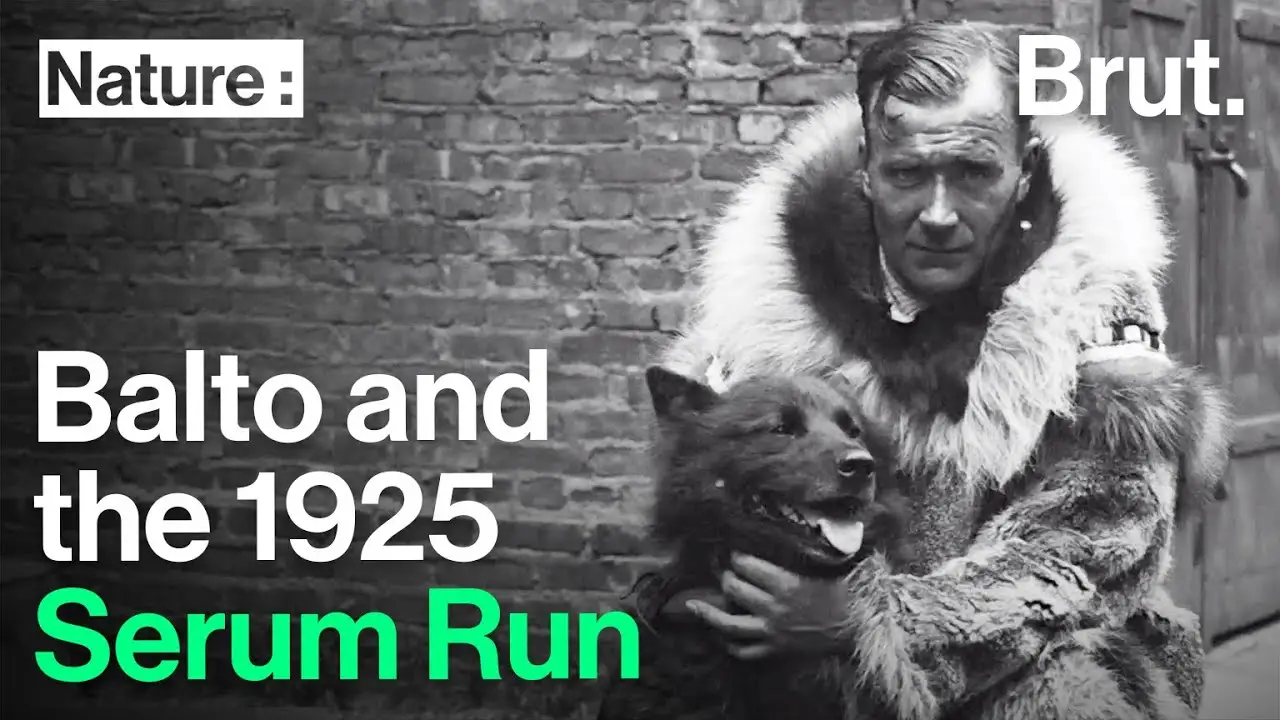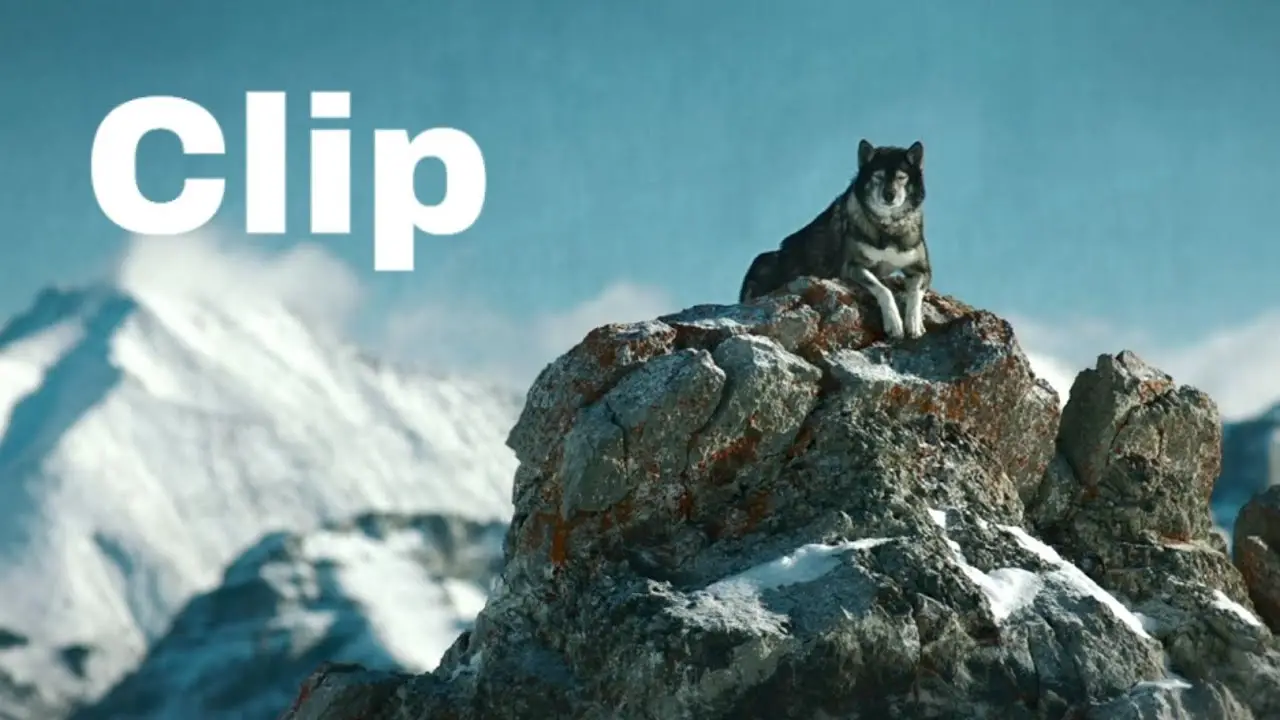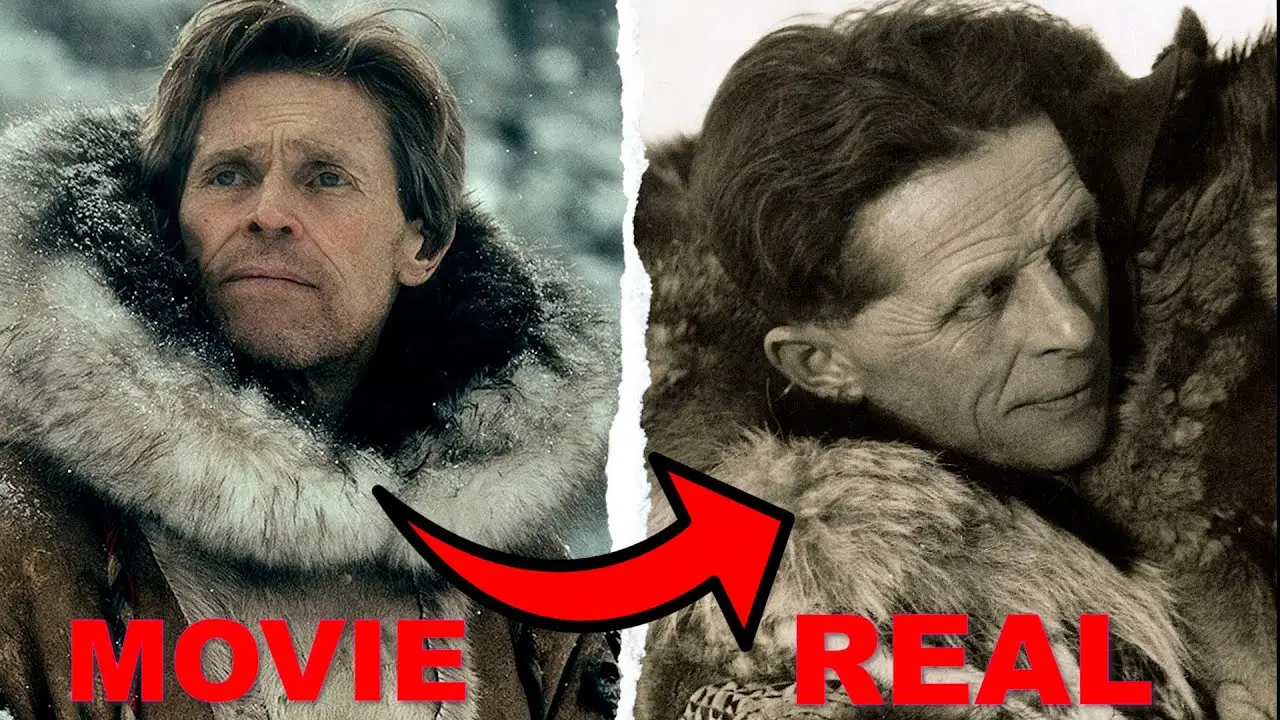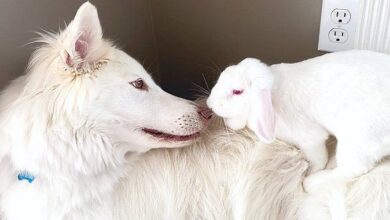The Real-Life Heroes of the 1925 Nome Serum Run Balto and Togo
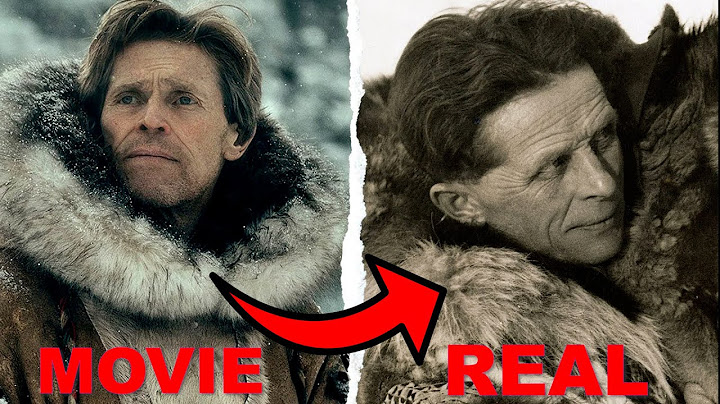
True story of Balto and Togo the 1925 Nome Serum Run is one that has captured the hearts and imaginations of people all over the world. It is a tale of bravery, determination, and the unbreakable bond between humans and animals. At the center of this incredible journey are two sled dogs, Balto and Togo, who have become legendary figures in popular culture. But beyond their fame and recognition lies a true story that is even more remarkable and inspiring. In this blog post, we will delve into the lives of Balto and Togo and uncover the real heroes behind the legend.
Beyond the Legend: Uncovering the True Story of Balto and Togo
The story of Balto and Togo begins in the small town of Nome, Alaska in January 1925. An outbreak of diphtheria had struck the town, putting the lives of its residents, especially children, at risk. With no available treatments and the nearest supply of antitoxin in Anchorage, over 600 miles away, the situation seemed dire. But the determined citizens of Nome refused to give up. They organized a relay of dog teams to transport the crucial serum to their town, and thus began the iconic 1925 Nome Serum Run.
While many sled dog teams were involved in the run, it was the final stretch of the journey that made Balto and Togo household names. These two dogs led their respective teams through treacherous blizzards and harsh terrain, ensuring the delivery of the serum to Nome in just five and a half days. Their heroic efforts saved countless lives and cemented their place in history. But what is the true story behind these famous sled dogs?
The Race Against Time: The 1925 Nome Diphtheria Epidemic
To truly understand the magnitude of Balto and Togo’s achievements, we must first look at the events that led up to the 1925 Nome Serum Run. In the winter of 1924, a diphtheria epidemic broke out in the town of Nome, which had a population of around 1,400 people. The deadly bacterial infection primarily affects the respiratory system and can lead to difficulty breathing, heart failure, and even death if left untreated.
At the time, there was no cure for diphtheria, and the only hope for survival was an antitoxin serum developed by Dr. William Welch and his team at Johns Hopkins University. The serum had to be kept refrigerated and was only effective for a limited time, making it difficult to transport long distances. But with the epidemic spreading rapidly and no antitoxin available in Nome, the residents knew that time was running out.
Togo: The Unsung Hero of the Serum Run
While Balto is often portrayed as the star of the Serum Run, it was Togo who covered the longest and most treacherous stretch of the journey. Togo was a Siberian Husky who was born on a farm in Teller, Alaska. He was known for his intelligence, strength, and incredible endurance. Despite being small in size, Togo had an unbreakable spirit and a determination to overcome any obstacle in his way.
Togo and his owner, Leonhard Seppala, were chosen to lead the longest leg of the journey, covering 170 miles from Nome to Shaktoolik and back. This route was considered the most hazardous, with steep cliffs, narrow passes, and frozen rivers. Despite the grueling conditions, Togo led his team with unwavering determination, pulling them through the snow and ice with unmatched speed and agility. Together, they completed the journey in just three days, a remarkable feat that would have been impossible for any other dog team.
Balto’s Rise to Fame: From Siberian Husky to Icon
Balto, on the other hand, was a larger and more muscular Siberian Husky who became famous for completing the final leg of the Serum Run. He was owned by Gunnar Kaasen and his team was responsible for the last 55 miles from Bluff to Nome. This leg was also challenging, with strong winds, low visibility, and freezing temperatures. But despite these obstacles, Balto led his team to victory, arriving in Nome in the early hours of February 2, 1925.
Upon their arrival, Balto and the other sled dogs were hailed as heroes and received a hero’s welcome. They were greeted by cheering crowds, government officials, and even President Calvin Coolidge, who congratulated them on their incredible feat. A statue of Balto was erected in New York City’s Central Park, and he became an overnight sensation, appearing in newspapers and magazines all over the world. However, while Balto basked in the limelight, Togo remained in relative obscurity.
The Role of the Sled Dogs: Courage and Resilience in the Face of Adversity
The story of Balto and Togo is not just about two exceptional sled dogs, but also about the vital role that sled dogs played in the success of the 1925 Nome Serum Run. These dogs were bred and trained specifically for the harsh conditions of the Arctic, and without their strength, endurance, and unwavering loyalty, the journey would have been impossible.
Sled dogs were essential to the lives of indigenous peoples in Alaska, who relied on them for transportation, hunting, and even companionship. They were highly valued and treated as members of the family. When the diphtheria epidemic struck Nome, the residents turned to the sled dogs as their last hope. These animals were asked to go above and beyond their usual tasks, and they rose to the challenge with courage and resilience.
The Legacy of the Nome Serum Run: A Testament to Human-Animal Partnership
The 1925 Nome Serum Run was a remarkable feat that showcased the incredible partnership between humans and animals. It was a testament to the enduring bond between sled dogs and their owners, who worked together in the face of adversity to achieve a common goal. This partnership did not go unnoticed, and it inspired people all over the world to recognize and appreciate the vital role that animals play in our lives.
The Serum Run also brought attention to the plight of the indigenous peoples of Alaska, who had been marginalized and pushed to the fringes of society. The success of the run would not have been possible without the guidance and assistance of these communities, who provided invaluable knowledge and support to the sled dog teams. The legacy of the Serum Run continues to this day, as it serves as a reminder of the importance of preserving traditional cultures and the environment.
The Enduring Power of the Story: Balto and Togo’s Impact on Popular Culture
The story of Balto and Togo’s incredible journey has captured the hearts of people all over the world and has been immortalized in popular culture. From books and films to statues and museums, their story has been retold and celebrated for generations. However, like many historical events, the tale of Balto and Togo has also been subject to exaggeration and misinformation.
Remembering the Real Heroes: A Look at the Other Sled Dog Teams in the Run
While Balto and Togo are undoubtedly the most famous dogs of the Serum Run, they were not the only ones involved in this epic journey. Over 150 dogs and 20 mushers participated in the relay, covering a distance of over 600 miles in just five and a half days. Each team played a crucial role in the successful delivery of the serum to Nome, and their efforts should not be forgotten.
One notable team was led by Leonhard Seppala’s wife, Constance “Mush” Seppala, who broke gender barriers and became the first woman to participate in the Serum Run. Another team, led by Scotty Allan, covered the longest individual stretch of the journey, traveling 91 miles from Shaktoolik to Unalakleet. The bravery and resilience of these dogs and mushers are a testament to the incredible partnership and teamwork that made the Serum Run possible.
The Importance of Historical Accuracy: Challenging Misconceptions about Balto and Togo
While the story of Balto and Togo has become iconic, it is essential to remember that it is just one part of the larger narrative of the 1925 Nome Serum Run. Unfortunately, over the years, the story has been distorted and embellished, perpetuating misconceptions and myths about these two sled dogs. It is crucial to separate fact from fiction and pay tribute to the other dogs and mushers who also played a vital role in the run.
One common misconception is that Balto was the lead dog on the final leg of the journey when, in fact, he was the only dog left in his team and followed a trail of scent markers left by Togo’s team. Another myth is that Togo was a vicious and uncontrollable dog, which could not be further from the truth. Togo was highly trained and beloved by his owner and fellow mushers, who recognized his exceptional abilities and respected him as a leader.
Conclusion
The story of Balto and Togo is a remarkable tale of courage, determination, and human-animal partnership. These two sled dogs, along with the other teams involved in the 1925 Nome Serum Run, have left an indelible mark on history and continue to inspire people today. As we celebrate their legendary journey, let us also remember the real heroes behind the legend and honor their incredible achievements.



